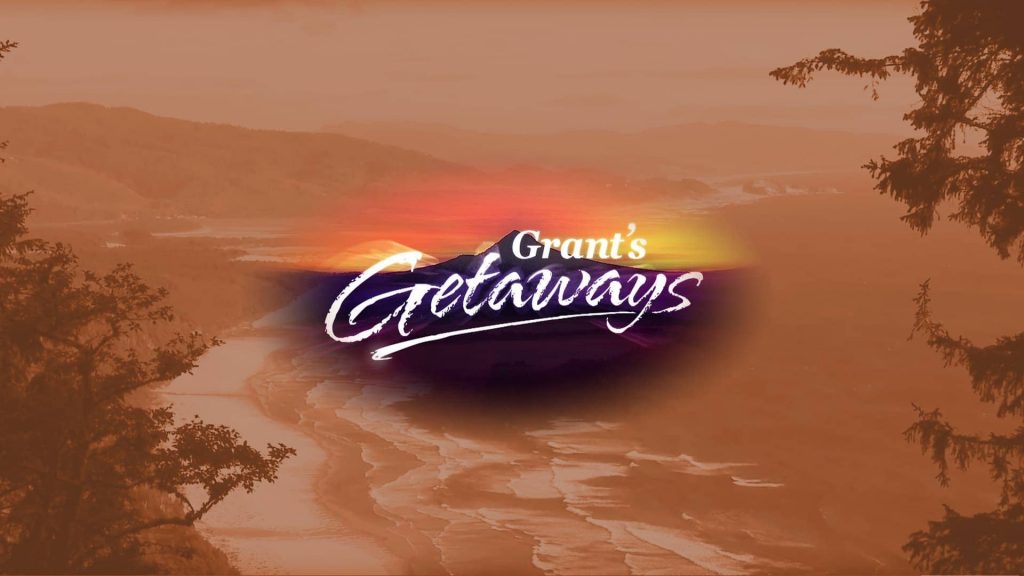It is hard to argue with Oregon State Parks Manager Kirk Barham’s decree that he has “the best office in the world.”
His “office” is called Sitka Sedge State Natural Area and it is Oregon’s newest state park. Prized for its lack of development, Sitka Sedge is just south of Sandlake in Tillamook County. “The fact that you can come out on a day as nice as like today and maybe have the park all to yourself and maybe experience some of the great stuff that the coast has to offer all in one place,” said Barham.
The main trail leading through the new park is where you will find blooming foxglove and salal and wild rose – the beauty of each will leave you spellbound. So will the abundant bird life – like the blue herons that hunt across the namesake Sitka Sedge grasses that grow along the wetland edges.
The new park includes four-and-a-half miles of trails across nearly 400 acres of fresh and saltwater marshes – plus, forested uplands – it is a place where the quiet seems to shout at you.
“Yeah, that’s true,” noted the longtime park ranger. “Except for the chirping birds and the ocean roar.”
Soon you reach the magnificent ocean front that Barham said will remain “undisturbed.” The view is grand! Cape Kiwanda is easy to spy to the south, while Cape Lookout juts into the ocean to the north.
While in between the two landmarks, the new Sitka Sedge merges with another well-known state natural area called Clay Myers at Whalen Island.
Here, there are 200 acres of forest, sand and estuary – and even more hiking trails. The waterway surrounding Whalen Island is called Sandlake and it is shallow throughout; it averages just two feet deep at flood tide.
The estuary wraps around the island on the high tide and that is the time you will find paddlers like Marc Hinz launching kayak excursions to explore the parkland.
“I like to bring folks here to enjoy the quiet, serene and secluded nature of the waterway,” said Hinz.
Marc Hinz is a co-owner of Kayak Tillamook and he leads tours for a company that specializes in coastal estuary trips: “You don’t see many people here because it’s too shallow for motorized boats.”
Hinz added that Sandlake’s isolation means paddlers should be prepared to handle any issue that might arise on the water:
“Even though it is a shallow waterway, there are deeper parts and the tide does recede out into the ocean. So it’s important to wear your PFD, bring an extra paddle, basic first aid and a communication device in case you get into trouble.”
Meanwhile, back at Sitka Sedge, Barham says no camping will be allowed and it will always be a low impact park where nature’s touch restores the soul.
“This is such a quiet, beautiful place that we want to make sure it’s there for not only present generations but for our future generations to enjoy.”

